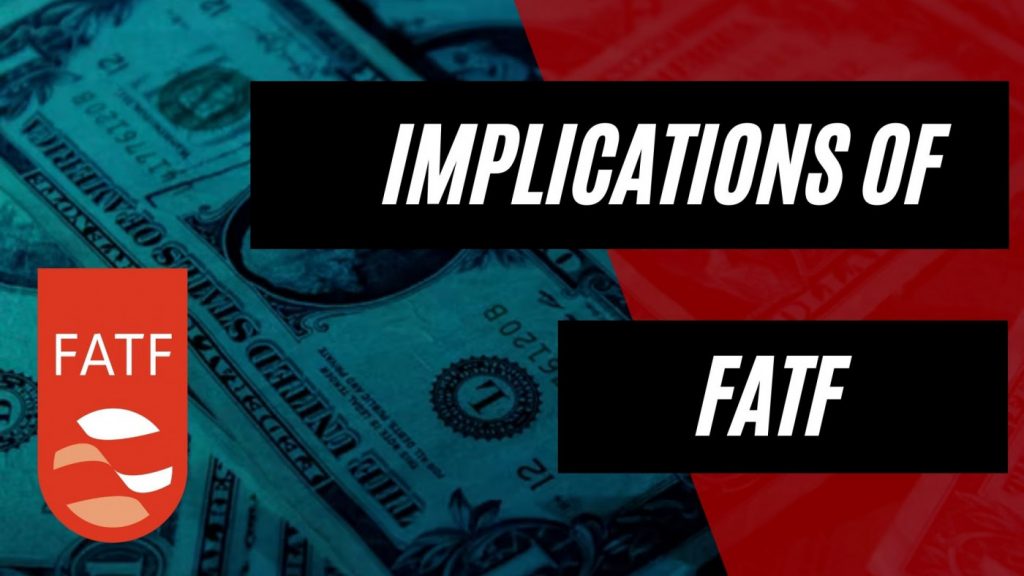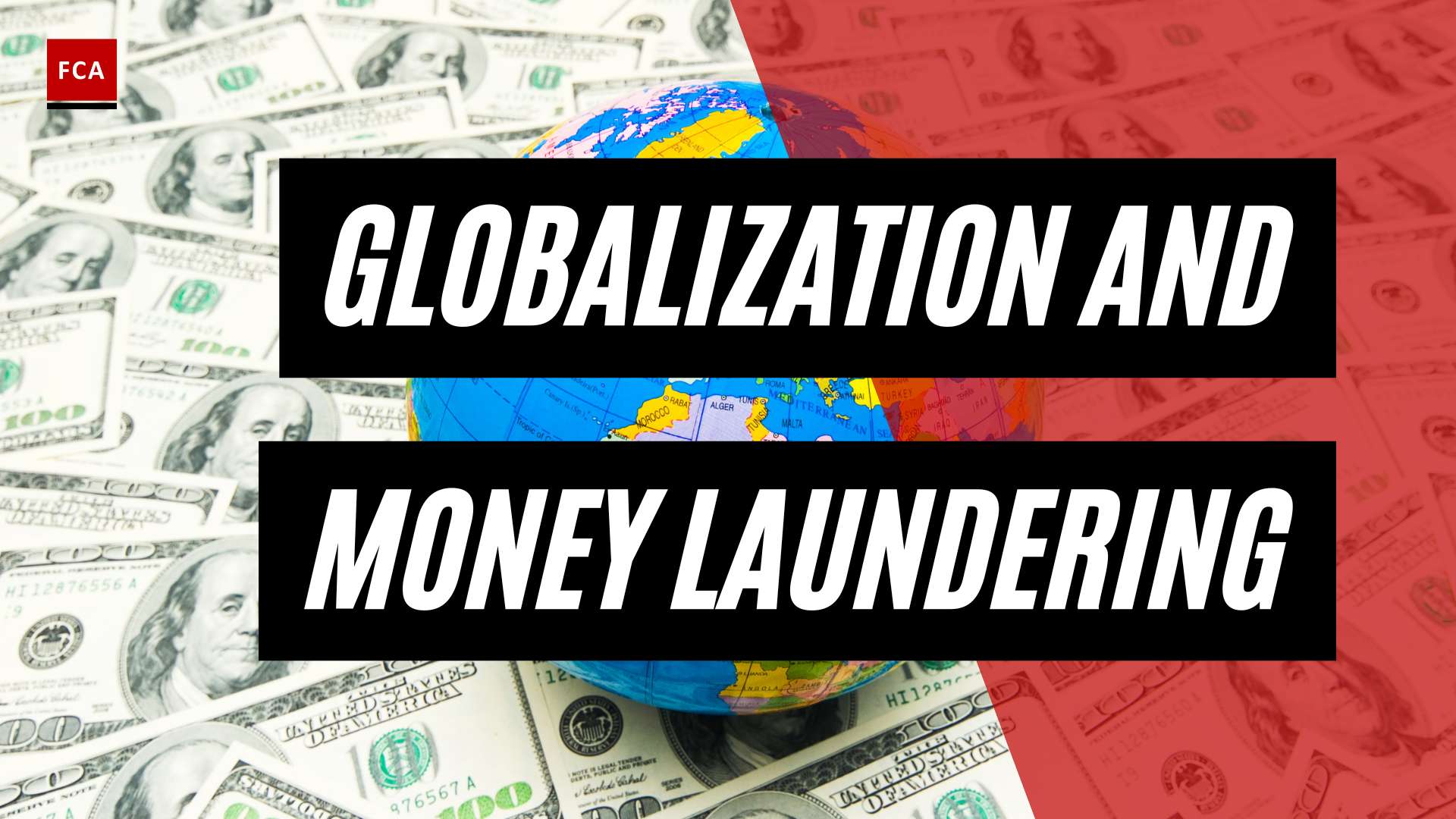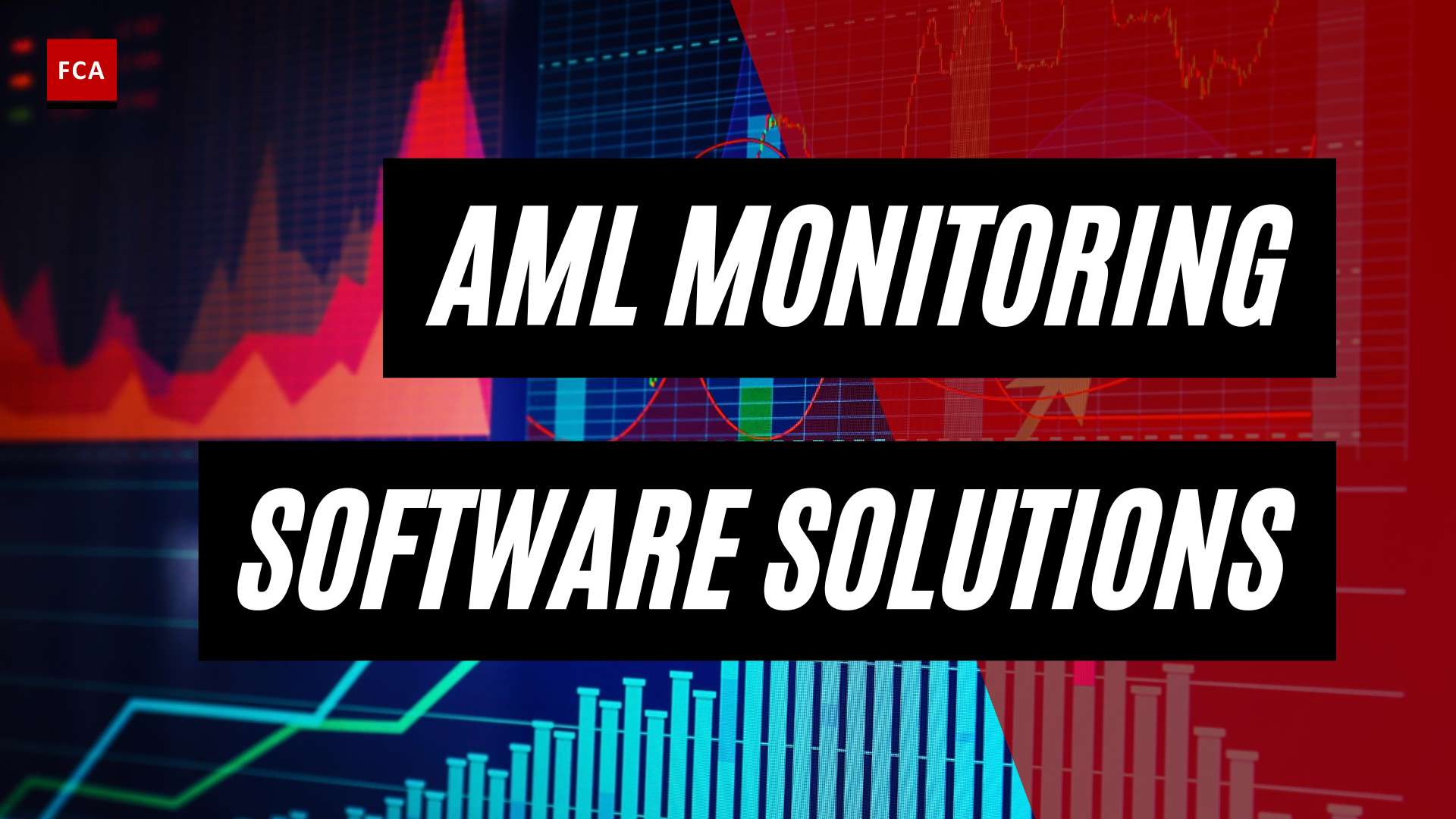A country is placed on a greylist to warn the financial community that the affected Financial Action Task Force or FATF high-risk country is not putting in the required effort to combat financial crime. More than 200 countries and jurisdictions follow FATF’s recommendations. The primary goal of the FATF AML Standards is to combat organized crime, illegal drugs, human trafficking, corruption, and terrorism. FATF is also striving to prevent cash from being used to fund weapons of mass devastation by high-risk countries. The Financial Action Task Force (FATF) advises governments on how to combat financial crime and assesses the policies and procedures of its members.
As cryptocurrencies gain popularity, the FATF analyzes money laundering and terrorist financing strategies and regularly tightens its rules to handle emerging concerns. A country can join FATF if it is regarded as strategically vital, which means it has a large population and a large GDP. FATF now has 39 members, including 37 nations and two regional organizations.
Table of Contents
- Key Takeaways
- What Is FATF?
- FATF Collective Evaluation
- What Are The Reasons For Blacklisting Or Greylisting Countries?
- What Are The Implications Of Being Placed On A Blacklist?
- The Seven Sections Of 40 FATF GreyList Or Blacklist Recommendation
- The Three “Dimensions” That Support the 11 Immediate Consequences
- The Effect Of Being Added To An Increased Monitoring Greylist Or Blacklist
- Understand The Country Risk While Doing Business Internationally
- Summary
Key Takeaways
- FATF high-risk countries are blacklisted if they present a high-risk of money laundering and terror.
- FATF high risk countries are greylisted if they show commitment to resolving the highlighted strategies deficiencies within the agreed timeframe, and the jurisdiction is subject to increased monitoring by FATF.
- FATF places countries on greylists to warn the financial community that the affected country is not putting in the required effort to combat financial crime.
What Is FATF?
The Financial Action Task Force (FATF) was established in 1989 as the world’s money laundering and terrorist financing watchdog. It establishes worldwide standards to combat illicit acts and their harm to society.
The G20 leaders or the 19 countries and the European Union. The 19 countries are Argentina, Australia, Brazil, Canada, China, Germany, France, India, Indonesia, Italy, Japan, the Republic of Korea, Mexico, the Russian Federation, Saudi Arabia, South Africa, Turkey, the UK, and the US, reaffirmed their support for the FATF as the global standard-setting body to prevent money laundering, terrorist funding, and proliferation financing during the recent virtual G20 Summit in November 2020, especially given the continuous growth in illegal activity during Covid-19.
“The crisis has significantly harmed the capabilities of some governments and the private sector to detect, prevent, and investigate money laundering and terrorist financing,” according to the FATF. The FATF continues to assess countries around the world, particularly in politically difficult places, to verify that governments are implementing its criteria fully and efficiently.
FATF Collective Evaluation
FATF undergoes a collective evaluation, which is peer-reviewed by members of other nations, give and a detailed country report on the implementation and efficacy of anti-money laundering and anti-terrorist funding measures. These assessments determine whether a country is placed on the greylist or global blacklist.
FATF Blacklists: Non-Cooperative Countries or Territories (NCCTs) are countries that have an anti-money laundering and counter-terrorist financing regulatory frameworks that are regarded as weak. FATF member states and other international organizations are expected to impose economic penalties and other restrictive measures against these countries. The first FATF blacklist was published in 2000, with 15 nations; however, the global blacklist now only includes Iran (World Economic Forum 2008) and North Korea (World Economic Forum 2010).
FATF Greylist: Officially known as Jurisdictions by the FATF. Increased Monitoring comprises nations that have explicitly committed to working with the FATF to establish action plans to rectify their AML/CFT inadequacies while having a substantially higher risk of money laundering and terrorism funding. Inclusion on the greylist isn’t as serious as being on the blacklist, but it’s still a precursor to sanctions and blacklisting. At the moment, there are 18 countries on this list.
The assessment is not confined to FATF members, with more than 100 nations being evaluated in the current cycle. Effectiveness and technical conformity are the two main components of collective evaluations.
What Are The Reasons For Blacklisting Or Greylisting Countries?
The FATF can place a country on its greylist that it deems a safe haven for terrorist financing and money laundering. It’s a wake-up call for the country to address the problems. The country gets blacklisted if it does not actively combat money laundering or terrorist financing. Iran and North Korea are the only two countries that have been blacklisted thus far.
What Are The Implications Of Being Placed On A Blacklist?
FATF member states and other international bodies will likely impose economic penalties and other restrictive measures against blacklisted countries. While the FATF does not have direct investigative capabilities, it keeps a close eye on worldwide AML/CFT regimes to inform the substance of its blacklists.

The Seven Sections Of 40 FATF GreyList Or Blacklist Recommendation
- Policies and Coordination in AML/CFT (R01–R02)
- R03 – R04: Money Laundering and Confiscation
- Terrorist Financing and Proliferation Financing (R05–R08)
- R09–R23: Preventive Measures
- Legal Persons and Arrangements Transparency and Beneficial Ownership (R24 – R25)
- Competent authorities and other institutional measures’ powers and responsibilities (R26 – R35)
- R36–R40: International Cooperation
Together, the technical compliance and effectiveness assessments provide a comprehensive picture of the country’s compliance with FATF criteria. They also show how well the country is maintaining a solid AML/CTF system, as recommended by the FATF Recommendations, and strengthen the system by avoiding illegal abuse of financial systems. Here is a link to the assessment calendar.
Iceland, for example, has been subjected to a more intensive follow-up process after the adoption of its mutual evaluation in 2018 and was recently removed from FAFT’s greylist in September 2020 after taking a number of steps to improve its framework. Some flaws remain, though, and Iceland will continue to report on its progress. A thorough mutual evaluation can take up to 18 months to complete and has ten stages, starting with assessor and country training and ending with a final quality review and follow-up.
The Three “Dimensions” That Support the 11 Immediate Consequences
- Policy, coordination, and collaboration are all important (outcomes 1 & 2)
- Proceeds of crime and finances supporting terrorism are either prohibited from entering or detected and reported by the banking and other sectors (outcomes 3 to 5)
- Threats to money laundering are identified and disrupted, and criminals are sanctioned and deprived of their illicit gains. Terrorist financing risks are identified and prevented, terrorists are denied resources, and those who sponsor terrorism are sanctioned, all of which help to prevent terrorist acts (outcomes 6 to 11)
The Effect Of Being Added To An Increased Monitoring Greylist Or Blacklist
Being placed on a greylist or blacklist, considered an active tool of modern foreign policy, can negatively impact an economy. These activities frequently have a wide range of effects across the jurisdiction and long-term influence. Depending on the grounds for inclusion, the impact may also differ. If terrorist financing is a factor, the consequences will be more severe, resulting in more serious consequences.
- Economic sanctions imposed by the IMF, World Bank, and Asian Development Bank make it difficult to secure these institutions and other countries.
- International trade, investment, aid, and foreign currency inflows are all declining.
- De-risking regional financial institutions from global counterparties and a loss of faith in the country’s financial institutions
- Payment delays influence on supply chains and trade.
- Costs of cross-border transactions are rising.
- Rating agencies are downgrading sovereign credit and business ratings.
- Nesting and downstream correspondent financial links are restricted.
Coincidentally, as a country’s financial system is subjected to heightened scrutiny, illegal money-moving channels and money laundering may increase as the formal/regulated banking system is eventually cut off by international and correspondent ties.
Understand The Country Risk While Doing Business Internationally
When conducting international business, it is critical to be aware of the country’s risk. Customers from any of these locations and transactions to or from these locations must be closely monitored. Institutions should have risk-based procedures and controls for these customers and transactions.
Several AML countries lists (notably the most recent EU Commission list of high-risk third countries) are used by global financial institutions (FIs) in their day-to-day risk assessment to implement their risk-based approach (RBA). Such as deciding whether to continue a relationship, applying Enhanced Due Diligence (EDD) measures or filing Suspicious Transaction Reports (STR) as needed.
Summary
Regulators and international anti-money laundering organizations will continue to push for changes, particularly as multinational banks pressure correspondent networks to strengthen and automate financial crime prevention systems.
In the international fight contrary to money laundering and financial crime, digitized data and automated financial crime screening have become best practices. These solutions will enable businesses to do speedy and effective screening against extensive and up-to-date datasets without delaying the client journey and retaining their financial ecosystem credibility.








